With the aim of alleviating suffering whilst spreading awareness, the Museum of Homelessness will give a platform to people living in the margins.
Set up in 2014 by Jess and Matt Turtle, and developed by many people with direct experiences of homelessness, Museum of Homelessness (MoH) is an award winning charity which focuses on educating the public through artistic experience and campaigning for the rights of homeless people.
Having previously exhibited in the likes of Tate Modern, Tate Liverpool and Manchester Art Gallery, it has now found its own permanent home, and is set to open in the middle of next year at Manor House Lodge, Finsbury Park.
Matt said: “We’re a hybrid museum. We want to educate on homelessness and tackle stigma through giving people a voice but we also want to look at homelessness from an active, on the ground basis, as an institution that’s making positive change.”
He added that whilst there is a lot of sympathy for the issue and a lot of people who want to help, there remains plenty of prejudice, discrimination and damaging archetypes of deserving and undeserving poor.
Crisis, a charity which provides relief for sufferers of homelessness, has conducted research which shows that in the private rented sector it is more difficult for people who have experienced homelessness to rent a property.
In addition, just over 40% of employers would terminate an employers contract if they were homeless.
MoH’s core group experienced this prejudice first hand when they were searching for properties in London.
After being offered a space in a luxury flat development, they were told by the agency’s PR that their let could only be temporary as they would devalue the building by being there.
How can an organisation like MoH make a difference?
Ruth Jacobs, a representative from Crisis, spoke of the need for a greater understanding of the systematic challenges that homeless people face, including problems in the benefits system, and the current cost-of-living crisis.
She said: “It’s often very difficult for people who are rough sleeping as they face preconceptions around why they’re in that position.
“We really need to change the way we see homelessness and start thinking about it as a public health issue.
“Everyone has the right to a safe and stable home.”
One of Jess and Matt’s ideas is to highlight art as a medium for personal expression and social change, which could be used as a way to share personal stories and reduce the stigmatisation of homeless people.
Matt said: “There are people who feel labelled and we can respond with art and creativity.
“Art can start conversations and address issues.”
The artists exhibiting in the museum include their poet in residence ‘Surfing Sofas’ who is working on ideas of a reframed history of homelessness through the lens of spoken word.
His poem, Forward to Equality touches on issues of exclusion and stigmatisation:
Lost and lonely in the deliriums of hopelessness.
Then they have the cheek to label us
As people experiencing homelessness
When it feels like we’re shackled and bound
In the situation by stereotypical chains of house and discrimination.
These bias chains bind our fate.
You would think getting a home is a piece of cake,
But it’s not, because of how the gate keepers keep the gate.
Cllr Dana Carlin, Haringey’s Cabinet Member for Housing Services, spoke of the importance of art as a medium for social change.
She said: “The work to embed arts into services across the borough has begun, and we see Museum of Homelessness as a key partner in this.
“Those who experience homelessness often do not have an opportunity to tell their stories. We hope that the museum will act as a creative hub; hosting performances, talks and workshops which will be developed and led by those that have experienced homelessness themselves.
“Their award-winning work will provide a platform from which we can raise awareness of homelessness, create a space for people to tell their stories and encourage visitors to challenge their pre-conceptions.”
Having partnered with organisations such as Streets Kitchen, the Outside Project and the Simon Community, Museum of Homelessness has also been instrumental in bringing about practical social action in London.
Their work includes securing a safe space for 30,000 people who were living on the streets during the pandemic.
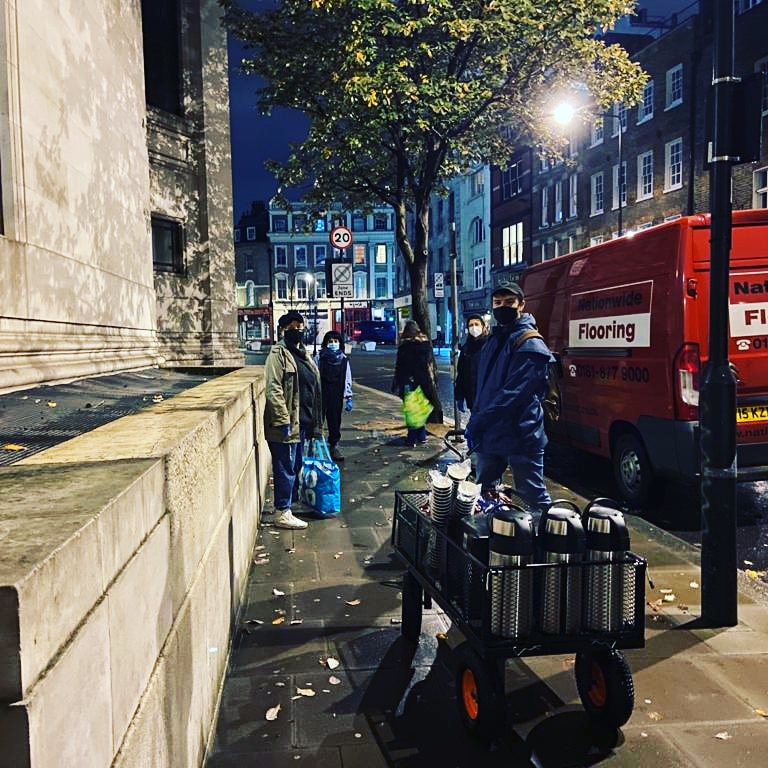
They intend to continue this progress by hosting 250 support sessions a year for those in need, providing essentials and holding regular discussions of housing and legal rights.
The site will also include an open access professional arts studio, and space for the charity ‘Access to Sports’ to continue its work.
Speaking about the future of the museum, Matt said: “Having a permanent place will give us a chance to really engage with people much more consistently than we’ve been able to over the years, allowing us to showcase the resilience and talent of our community by connecting with our audience.”
Featured Image Credit: Matt Turtle
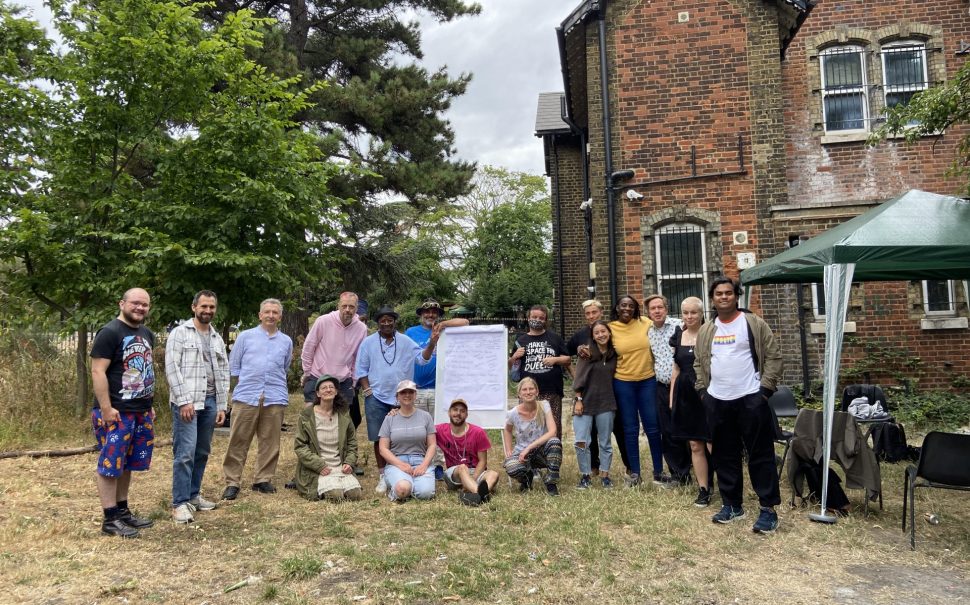
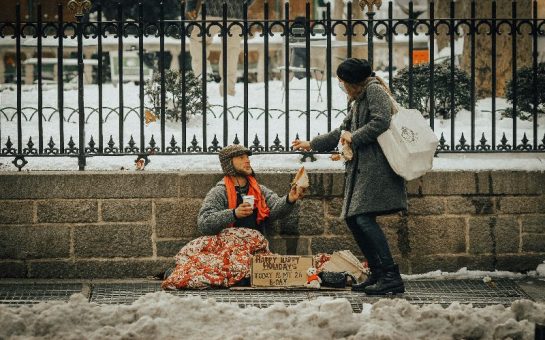
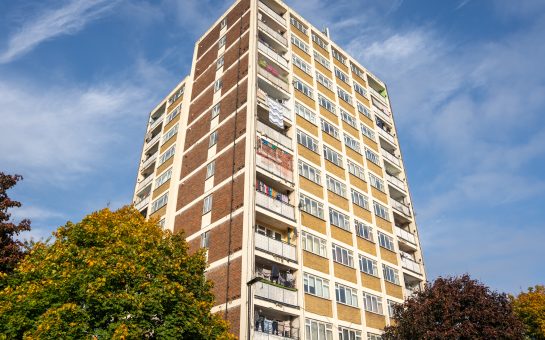
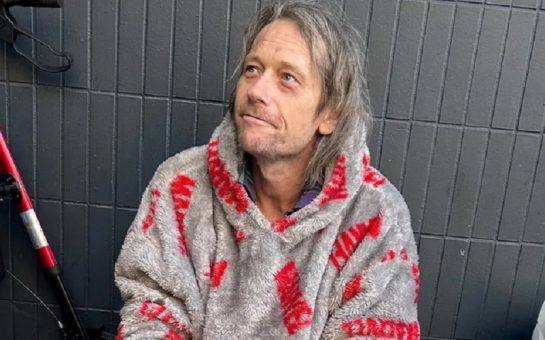

Join the discussion